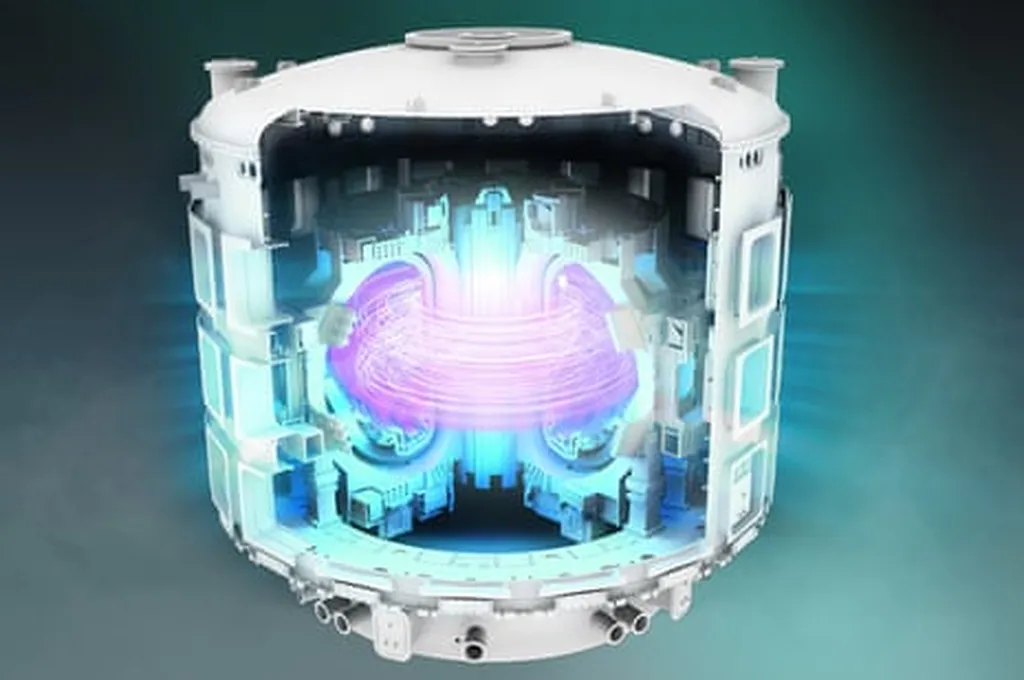In the heart of Russia, researchers at Samara State Technical University are pushing the boundaries of plasma physics and nuclear fusion, with implications that could reshape the energy sector. Led by A. S. Chipura, a team has developed innovative methods for generating and controlling ion and plasma fluxes in magnetic fields, aiming to revolutionize energy conversion technologies.
At the core of their work are discrete ion-plasmodynamic installations equipped with electronic control systems. These installations are designed to enable controlled nuclear fusion through adaptive modulation of discrete flows, a significant leap from conventional deuterium-tritium (D-T) systems. The technology hinges on plasma compaction principles and real-time magneto-optical synchronization, which minimizes cyclotron radiation losses and enhances overall efficiency.
Chipura and his team have proposed a novel plasma neutron generator with a dynamic target, capable of producing a plasma target impulse flux up to 10^10 s^-1. This advancement surpasses traditional D-T systems in energy conversion efficiency, achieving a remarkable 50%. “Our approach allows for a more controlled and efficient fusion process,” Chipura explains, “which is crucial for developing practical and scalable energy solutions.”
The implications for the energy sector are profound. Traditional fission reactors face limitations in scalability and modularity, but the proposed electronically controlled plasma generators offer a modular and rapidly deployable alternative. These generators can produce thermal output power ranging from 8 to 25 kW and electrical power from 4 to 12 kW, making them suitable for a variety of applications, from isotope production to compact neutron sources.
The research, published in the Bulletin of Samara University: Natural Science Series, delves into both theoretical and applied aspects of magnetodynamic plasma flow simulation. The team has also developed a comprehensive methodology for experimental validation, focusing on high-energy photon detection and alpha particle shielding. This meticulous approach ensures the reliability and safety of the technology, paving the way for industrial-scale plasma generator testing.
One of the key innovations is the use of lithium hydride evaporation and quadrupole magnetic discretization, as detailed in Patent RU 2757666. This method achieves the high efficiency of 50% through adaptive ion flux synchronization, addressing the scalability challenges of traditional fission reactors. “By optimizing the plasma flow and minimizing losses, we can significantly improve the overall performance of the energy conversion process,” Chipura notes.
The development of these discrete ion-plasmodynamic installations represents a significant step forward in the quest for sustainable and efficient energy solutions. As the energy sector continues to evolve, technologies like these could play a pivotal role in meeting the growing demand for clean and reliable power. The work by Chipura and his team at Samara State Technical University is a testament to the potential of innovative research in shaping the future of energy.

